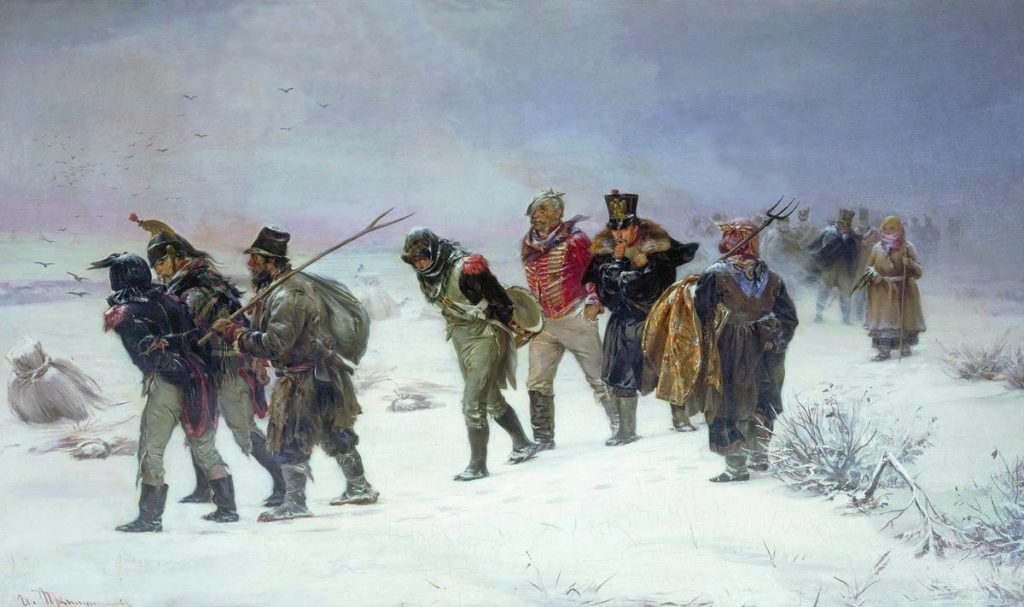
Tolstoy’s epic novel, War and Peace, is world-renowned and considered by many to be his finest work and an integral work of literature. The novel follows a number of characters during the French invasion of Russia during the Napoleonic era and the impact that it had on Tsarist society through the eyes of a number of aristocratic Russian families. The novel was published in serialised format between 1856 and 1867 before finally being released as a book in 1869 in Russia. The work was first translated into English by the American translator Nathan Haskell Dole in 1899. The publication of the work set a high standard for literature that western authors have hoped to achieve ever since.
Tolstoy was critical about his own work and wanted to ensure that his work was not misinterpreted. He did not describe War and Peace as a no vel, but rather as a philosophical discussion, something that is particularly evident during the later chapters of the novel. Tolstoy has had many similarities drawn between himself and Dostoyevsky, and whilst the two were similar in their desire to create works that transcended novels and entered the philosophical domain, it is not believed that the two had much contact.
vel, but rather as a philosophical discussion, something that is particularly evident during the later chapters of the novel. Tolstoy has had many similarities drawn between himself and Dostoyevsky, and whilst the two were similar in their desire to create works that transcended novels and entered the philosophical domain, it is not believed that the two had much contact.
Tolstoy began writing War and Peace in 1863, the year that he finally settled down at his country estate and began married life. The first work title for the novel was ‘1805’, the year in which part of the novel was set. As Tolstoy was writing the second half of the novel, he read widely and has openly acknowledged that Schopenhauer was one of his main inspirations, although Tolstoy has said that he attempted to approach issues from a different angle than Schopenhauer does.
The narrative style of the novel follows the omniscient narrator styl e, in which the narrator appears to have ‘god-like’ powers to swap between events with knowledge of everything that is happening in the story, even if the characters themselves do not. This was a common style for Russian novels of that time but has done out of fashion in modern novels.
e, in which the narrator appears to have ‘god-like’ powers to swap between events with knowledge of everything that is happening in the story, even if the characters themselves do not. This was a common style for Russian novels of that time but has done out of fashion in modern novels.
The original Russian novel was roughly divided into four books, each comprising fifteen parts, capped off with an epilogue that is split across two parts. Roughly speaking, the first half focuses on the characters, with the latter parts of the book consisting of essays about the nature of war, power, and history. Tolstoy inserted the essays in a way that had not been done before in works of fiction, although many authors have attempted to perform the same feat, few have managed to quality that Tolstoy has been able to deliver. In a number of abridged versions, the essays have either been removed or placed into a separate appendix.








